The People’s Vote: How would a second Brexit referendum work?
Remain supporters launched the campaign in April last year.

With Parliament at loggerheads over Brexit and Theresa May battling to get a deal approved, calls have intensified for a so-called People’s Vote.
The Press Association takes a look at what campaigners are demanding, the prospects of success and how another referendum could work.
– What is the People’s Vote?
Remain supporters including actor Sir Patrick Stewart and MPs Anna Soubry and Chuka Umunna launched the campaign in April last year – less than two years after 52% of voters chose to Leave.
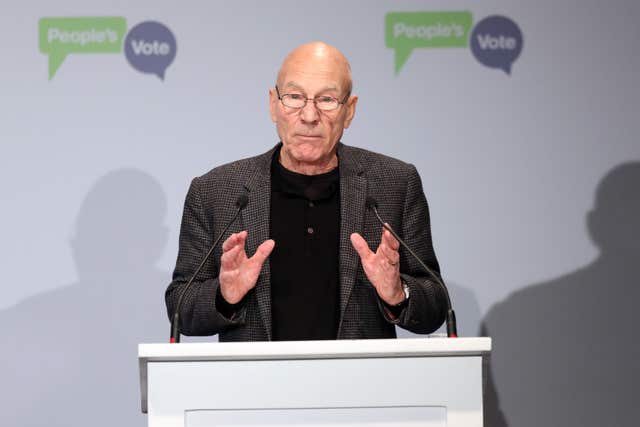
Campaigners from across traditional party lines are calling for a second referendum on EU membership.
They argue that the public deserves to make the decision over whether the Government’s Brexit deal is the right choice.
They also believe a new vote could break the deadlock in Westminster.
– Who would decide whether to hold a vote?
That is in the hands of Parliament. MPs would have to pass legislation to approve a fresh vote and set a date for it.
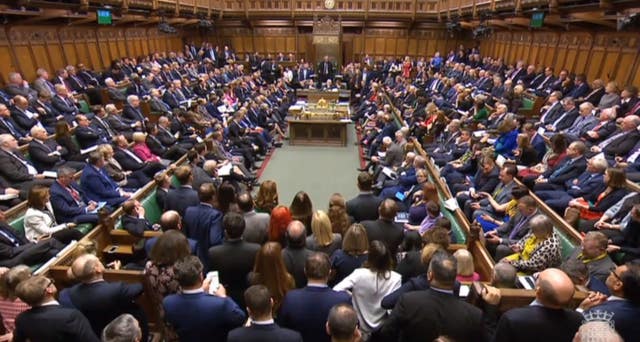
But that is not all they would be tasked with…
– What would a second referendum ask?
Voters were asked to decide whether the UK should remain a member of the EU or leave the bloc during the June 2016 referendum.
How this was phrased was subject to fierce debate. So too would the question for any future referendum.
MPs would have to hammer out what the public would be asked to reach a fair result.
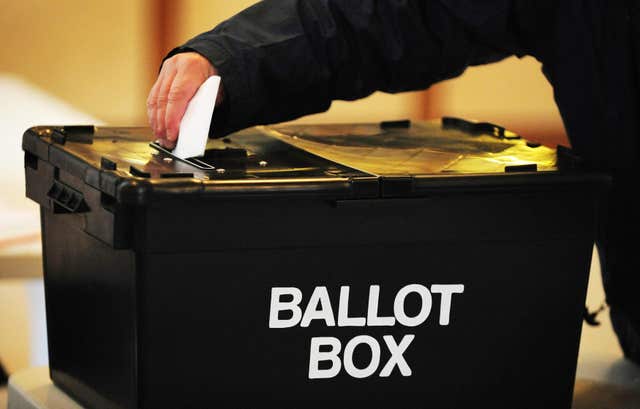
Ballot slips could include the following options in various arrangements:
– take the current deal and leave
– depart with no deal
– negotiate a new deal
– stay in the EU
– How likely is a fresh vote?
After the 2016 result, few were saying a second vote was likely. The Conservatives and Labour campaigned during the following year’s general election on manifestos that pledged to uphold the referendum result.
But much has changed since then. Labour has thrown its weight behind the campaign for a second vote.
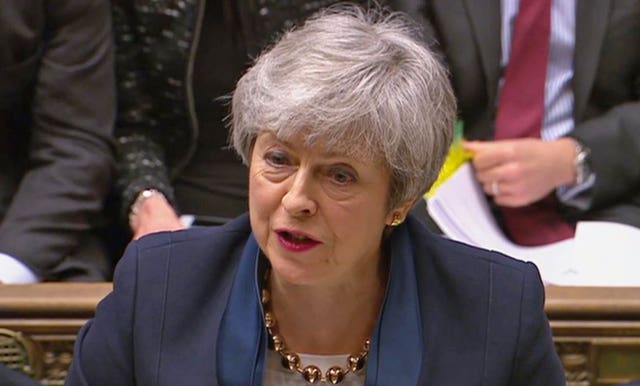
Mrs May has repeatedly insisted she is against the idea, but the Prime Minister is now talking to Jeremy Corbyn to seek a compromise so she can pass a deal.
– Who is in favour of one?
Mr Umunna quit Labour and Ms Soubry defected from the Tories along with Sarah Wollaston and Heidi Allen to form the Independent Group, largely because of their support for a fresh vote.
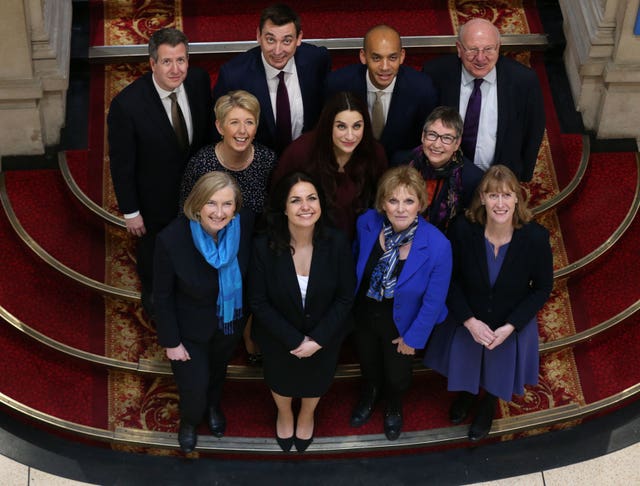
Amid pressure from Labour Party members, Mr Corbyn signalled support for a new referendum.
Former minister Justine Greening is among the Conservatives who back the move despite their party’s stance, as is former attorney general Dominic Grieve.
The Scottish National Party, the Liberal Democrats and the Green Party are also supporters.
– And against?
Mrs May’s Government is officially against a confirmatory vote.
Leading Brexiteers such as Jacob Rees-Mogg and Boris Johnson are vehement opponents.
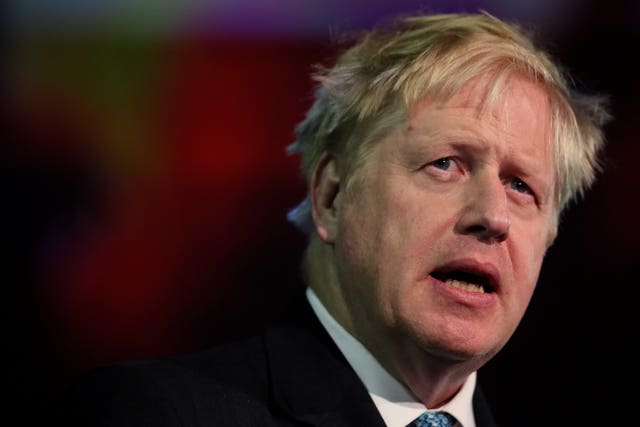
The Labour ranks are also not unanimous. Veteran backbenchers Sir Kevin Barron and Dennis Skinner and former minister Caroline Flint were among 25 Labour MPs who wrote a letter warning Mr Corbyn against a second public vote.
They said it would “divide the country further and add uncertainty for business”.
The party must also walk a political tightrope, with many traditional voters backing Brexit.





